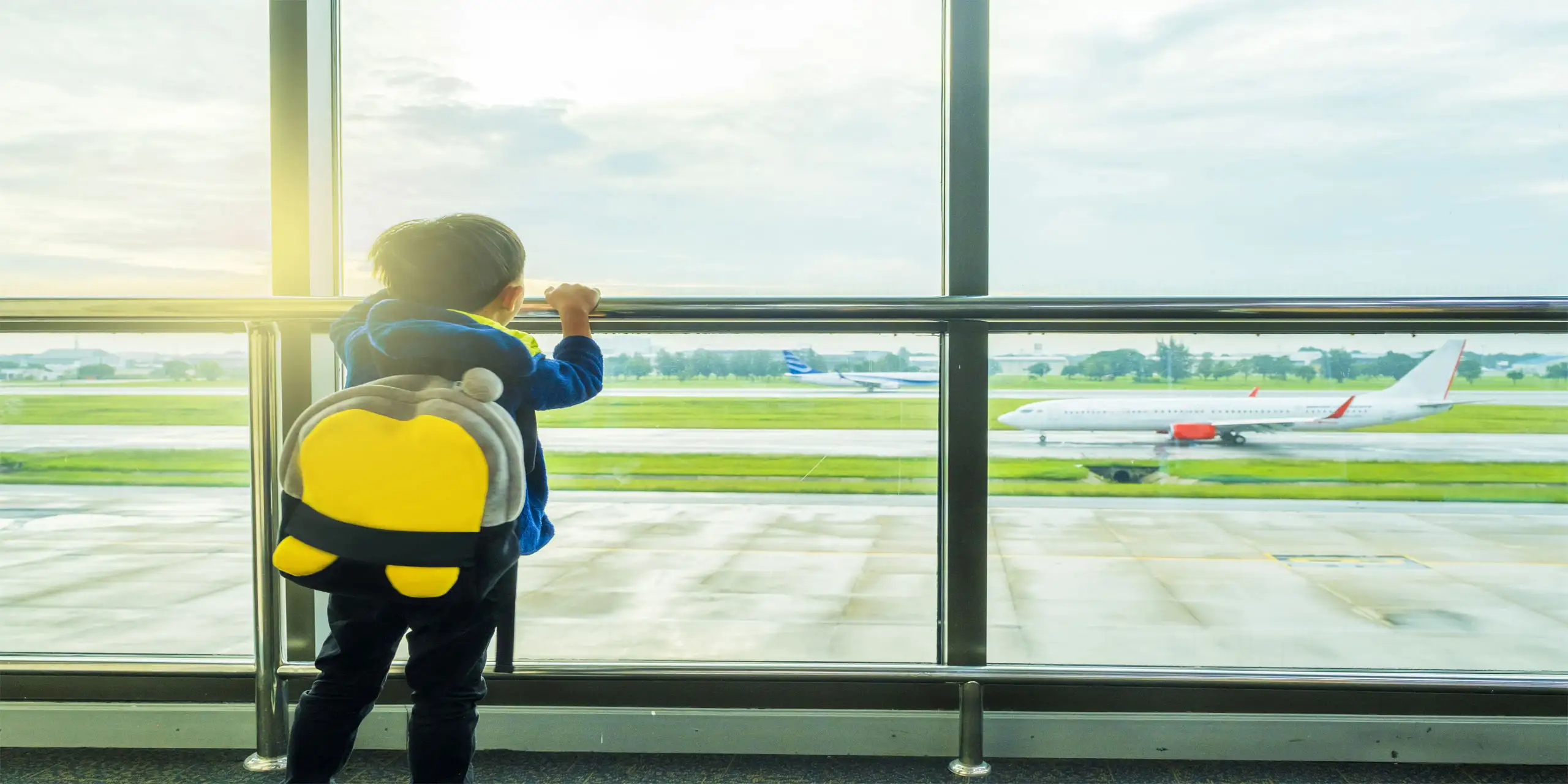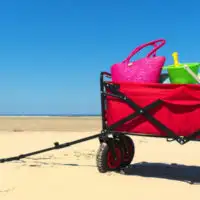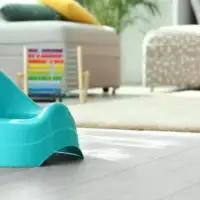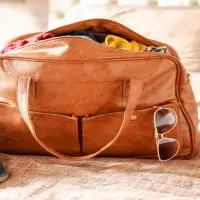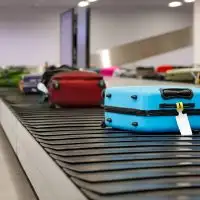With so many size restrictions and federal regulations, what we can bring on a plane is confusing enough, aside from worrying about the right gear to bring for kids. Here’s a guide for what to pack in a carry-on bag for the kids.
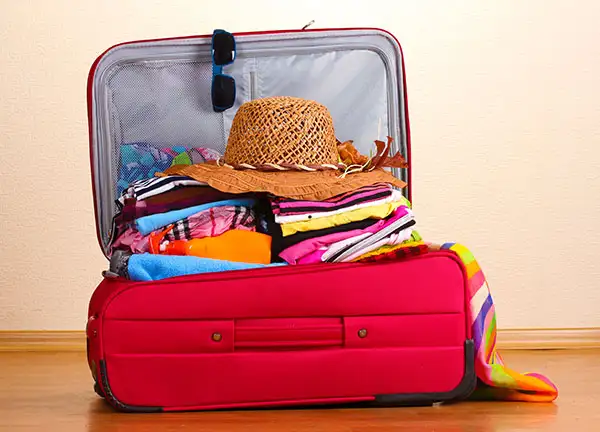
What to Pack in a Carry-On Bag
Every person with a seat gets one carry-on bag, while mom and dad also get to bring one laptop bag, one purse, or one diaper bag. Now, what do you bring?
For Infants. Pack your standard diaper bag complete with all the items you pack up for an outing: diapers, a changing pad, wipes, diaper cream, plastic bags for soiled clothes, blankets, tissues, pacifiers, teeth toys, extra change of clothes (two, just to be safe), a hat to keep baby’s head warm when the plane gets cold, bibs, bottles, breastmilk or formula, nursing pads for mom, baby food, infant feeding set, snacks, and a few of baby’s favorite toys. If your baby has any medications or you’re concerned about illness, bring medicines in your carry-on bag for the kids, including infant pain and fever reducers, teething relief and gas relief.
For Toddlers. Pack a backpack (preferably one your toddler can carry) with your essentials, as well as toys, including a change of clothes for an accident, diapers or pull-ups, plastic bags for soiled clothes, diaper cream, snacks (plenty if the flight is long and your child won’t eat the meal served), drinks purchased after security, small books, favorite toys and your child’s “lovey” that helps them keep calm and sleep. Stash a small first aid kit with bandages, motion sickness relief, fever reducers, pain reducers and any prescribed medications in this carry-on, or your own.
For School-Aged Kids. At this age, kids can definitely carry their own backpack or rollaway carry-on. Put your cell phone number and your name somewhere visible on the outside of the backpack, in case you become separated. Inside the backpack, allow your child to bring some favorite toys, such as crafts, video games and books to keep him occupied on the plane. Pack a sweater in case the flight gets chilly. Bring some snacks and purchase some beverages after security, as well as gum to help reduce ear pressure. Stash a small first aid kit with bandages, motion sickness relief, fever reducers, pain reducers and any prescribed medications in this carry-on, or your own.
For Teens. Teens can and will pack a carry-on for themselves, but be sure to make sure the essentials are there, and that the rule-breakers are not. Teens should have their IDs and passports on them, and their wallets with cash. Let them carry their own ticket and have a copy of the itinerary, in the event you get separated, as well as their cell phone. Put a copy of your insurance information in your teen’s carry-on as well. Teens should also carry their own prescribed medicines, but have on hand aspirin and other basics in case they need it. Glasses and/or a spare set of contacts should also be carried on.
For Yourself. Be sure you have a bag with your wallet, IDs, passport, credit cards, at least some small cash, tickets, itineraries, insurance information, membership cards, prescription medicines, glasses and/or a spare set of contacts, jewelry, camera, cell phone, charger, book/magazine, laptop and charger, and anything you couldn’t bear to lose if your luggage is lost. If you’re traveling with an infant or small child, you may want to bring a change of clothes, or at least a shirt, in the event of a spit up or accident.
For more ideas on what to pack the kids in a carry-on bag, be sure to check out our interactive family packing list.
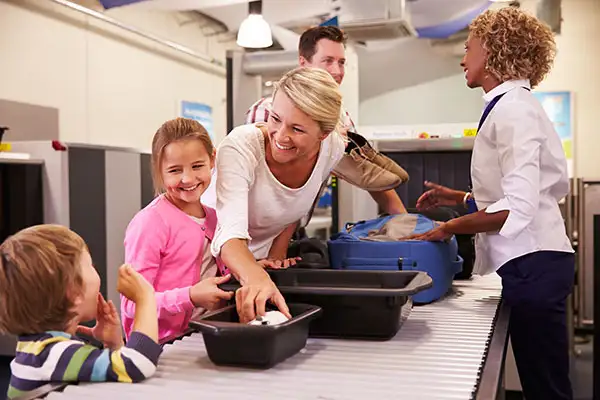
What You Are Allowed to Bring In a Carry-On
Different airlines have different size standards they permit as a carry-on, and more and more airlines are grabbing passengers’ carry-ons at the gate for being too large or when the overhead bulkhead is full (a common occurrence in winter, when everyone has coats and extra gear). Some airlines are beginning to charge an extra fee if your carry-on gets gate checked. A good rule of thumb: Keep the carry-on size small enough to fit under the seat in front of you. As long as it’s that small, and you do not mind losing the legroom, you will always be able to bring the carry-on with you.
The 3-1-1 rule still applies for all carry-on baggage. This TSA regulation states that you cannot bring any liquid or gel that’s more than three ounces, and you are permitted one quart-sized clear, zip-lock baggie per person in which to store them. Parents traveling with infants are permitted to break the three-ounce rule when packing breastmilk, formula and baby food, but remove them from your carry-on before going through security, and alert security personnel.
Due to the 3-1-1 rule, it’s best not to bring any juice, water or other items you may typically have on hand for the tots. Instead, purchase the items once you are through security, and store them in your carry-on to have them handy for thirsty kids who are impatient for beverage service.
Infant carriers, car seats and strollers can be brought through security to make traveling with small children less taxing at the airport. It is recommended that although infants and children under 2 can be held in the lap of a parent, a separate seat be purchased for the child and the infant carrier or a car seat be installed in the seat to keep the child secure during take-off, landing and during the flight. Strollers will have to be gate checked, but if you have a family of four traveling through the airport, it may make it easier to maneuver through an airport if holding a young child and a few carry-on pieces.
That said, you may find it more cumbersome to travel with bulky gear and prefer to check strollers and car seats. Better yet, rent these items at your final destination. Rental car companies provide car seats with advanced reservations, and some companies partner with hotels to provide stroller and car seat rentals. Inquire ahead and avoid the extra trouble when you can.
Our team of parents and travel experts chooses each product and service we recommend. Anything you purchase through links on our site may earn us a commission.


